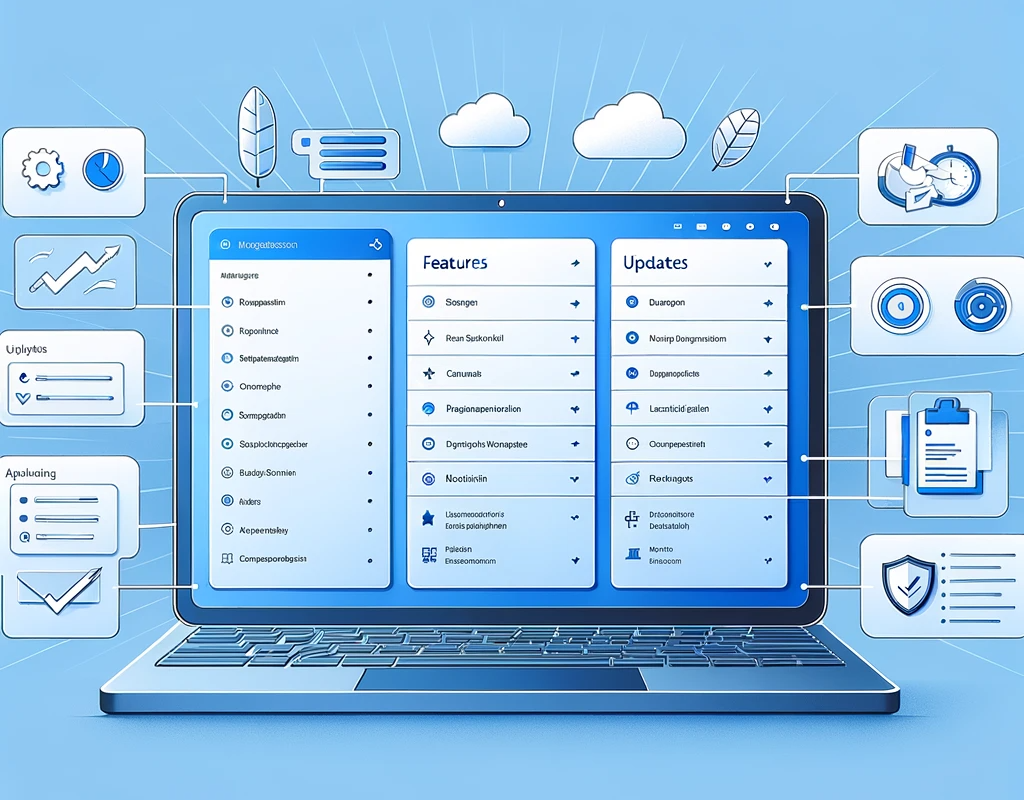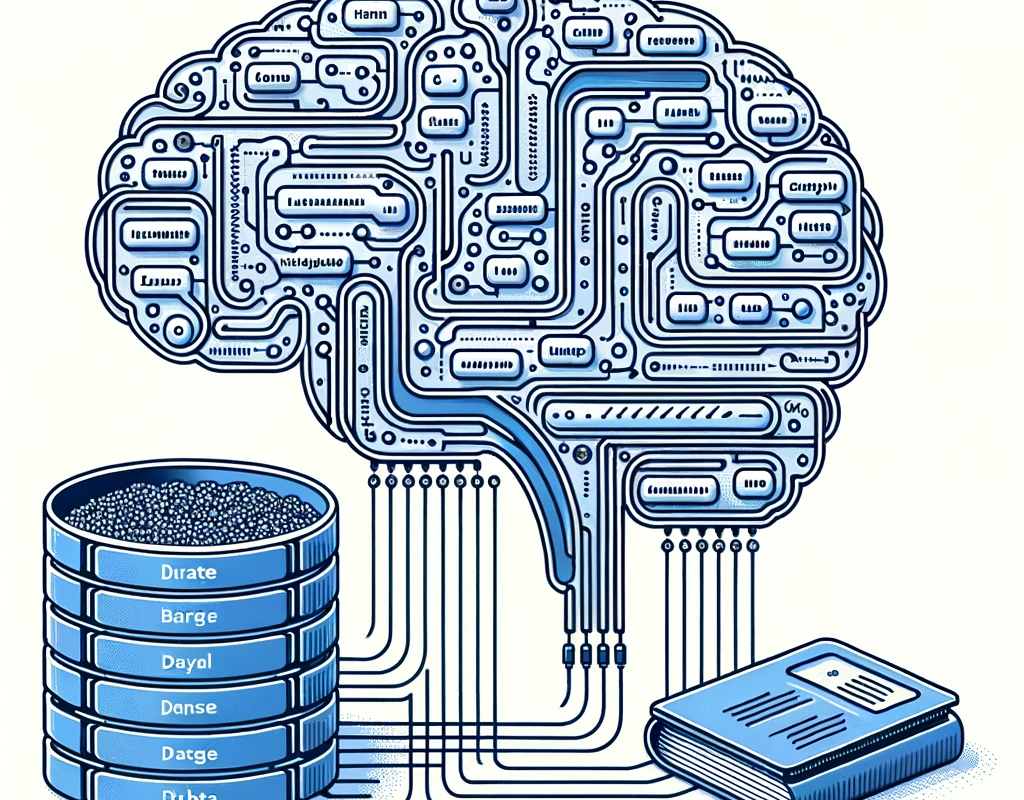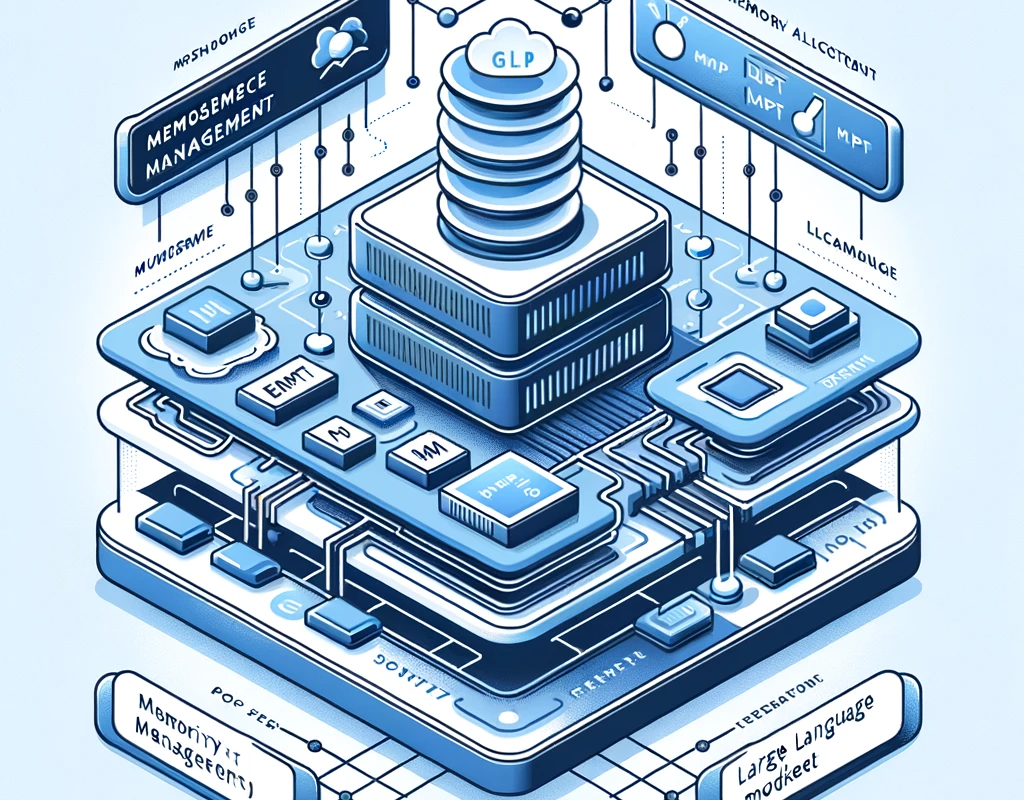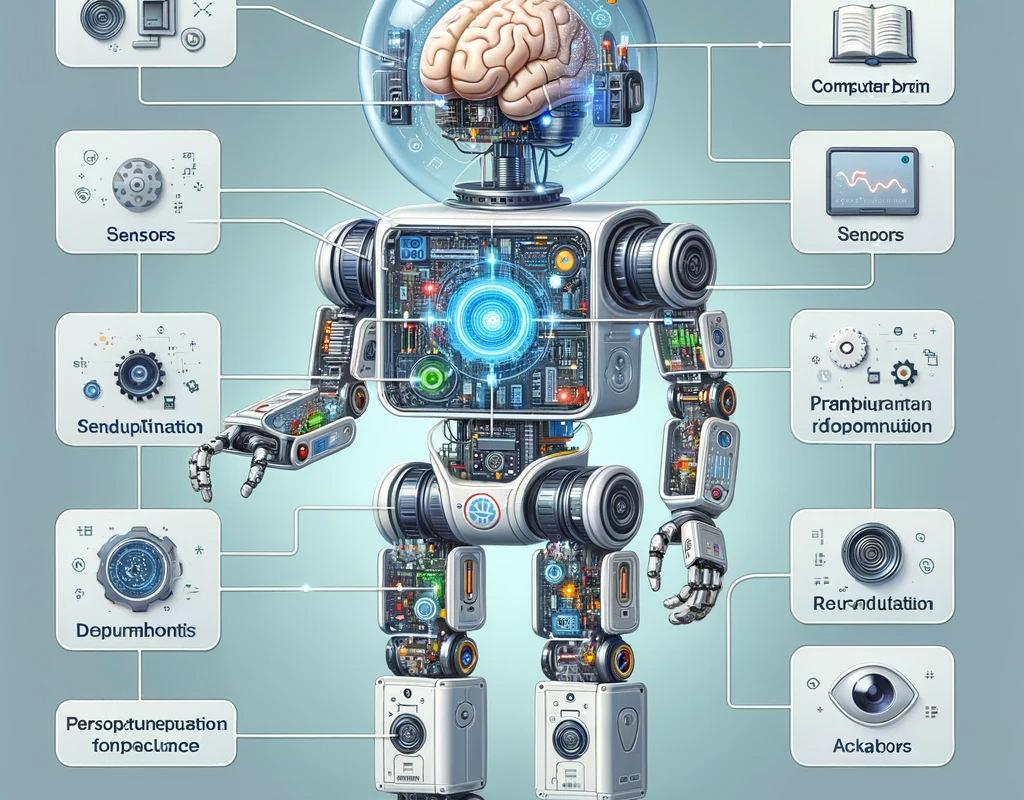Microsoft Intune updates on a weekly basis with new features and enhancements. As an MSP working with enterprise customers, it’s important to stay up-to-date on these changes so you can continue providing excellent service and support. In this comprehensive blog post, I’ll summarize all the key Intune developments over the past month and explain how they can benefit your customers.
Week of October 30, 2023
Device Security
- Strict Tunnel Mode is now available for Microsoft Tunnel for MAM on Android and iOS/iPadOS devices. This allows admins to configure Microsoft Edge so internet traffic is blocked if the VPN disconnects. To enable, create an Edge app configuration policy and set “StrictTunnelMode” to True.
Week of October 23, 2023 (Service release 2310)
App Management
- Android Company Portal users on versions below 5.0.5333.0 will be prompted to update to avoid enrollment issues with the Authenticator app.
- The iOS Conditional Launch setting now includes a “warn” action for the Min SDK version requirement. This warns users if the requirement isn’t met.
- Minimum OS for Apple LOB and store apps can now be set to the latest releases – iOS/iPadOS 17.0 and macOS 14.0.
Device Configuration
- OEMConfig profiles over 350 KB that don’t deploy successfully no longer show as “pending” in the Intune portal.
- Android Enterprise now supports installing/uninstalling mandatory LOB apps on AOSP devices.
- Pre-install and post-install scripts can now be configured for unmanaged macOS PKG apps.
- FSLogix settings from the Settings Catalog and ADMX templates can now be configured directly, without needing to import them.
Device Enrollment
- Web enrollment with JIT registration is now generally available for personal iOS/iPadOS devices. Reduces prompts during Setup Assistant.
Device Management
- The Intune addons page now shows enhanced details on licenses, capabilities, and billing.
- Remote Help for Android is now generally available for Zebra and Samsung dedicated devices.
Device Security
- Defender Update controls to deploy Defender updates is now generally available.
- Elevation report by Publisher is a new Endpoint Privilege Management report showing elevations by app publisher.
- Intune Endpoint Security policies for EDR now support macOS and Linux devices managed by Defender for Endpoint.
Week of October 16, 2023
Tenant Administration
- The endpoint.microsoft.com URL now redirects to intune.microsoft.com.
Week of September 18, 2023 (Service release 2309)
App Management
- Intune now supports MAM for Microsoft Edge for Business on personal Windows devices using APP and ACP.
Device Configuration
- Android Enterprise OEMConfig apps version 11+ must use Zebra’s new OEMConfig app. Older versions use the Legacy app.
- Config Refresh settings are available in the Windows Insider Settings Catalog.
- New settings added to the Apple Settings Catalog for macOS and iOS/iPadOS.
Device Enrollment
- Support for single sign-on during enrollment for Android Enterprise corporate-owned and fully managed devices.
Device Management
- Introducing Remote Help for macOS devices.
- The management certificate expiration date can now be viewed and filtered in the Devices list.
- Windows Defender Application Control is renaming to App Control for Business.
- Intune now supports iOS/iPadOS 15.x as the minimum version.
Device Security
- Software updates and passcode policies can now be managed on Apple devices using the Settings Catalog.
- Mvision Mobile is now named Trellix Mobile Security.
Intune Apps
- New protected apps added: BuddyBoard and Microsoft Loop.
Monitor and Troubleshoot
- Policy compliance and Setting compliance reports are now generally available.
Week of September 11, 2023
Device Configuration
- Remote Launch introduced in Remote Help for Windows – launches sessions from the Intune portal.
Week of September 4, 2023
Device Management
- Microsoft Intune is ending support for Android device administrator on GMS devices in August 2024. Customers should switch to another management method before then.
Key Takeaways
The last few months have seen important developments in Intune’s app management, device configuration, enrollment, security, and monitoring capabilities.
Some key highlights include Remote Help for Android and macOS to improve IT support, new endpoint security features like Defender Update controls and Endpoint analytics, and mobile management enhancements like support for latest OS versions and single sign-on.
As an MSP, staying up-to-date on Intune’s capabilities allows you to take full advantage of the platform and provide the best solutions to customers. Referring to this summary can help you quickly understand what’s changed recently. Let me know if you need any clarification or have additional questions!




